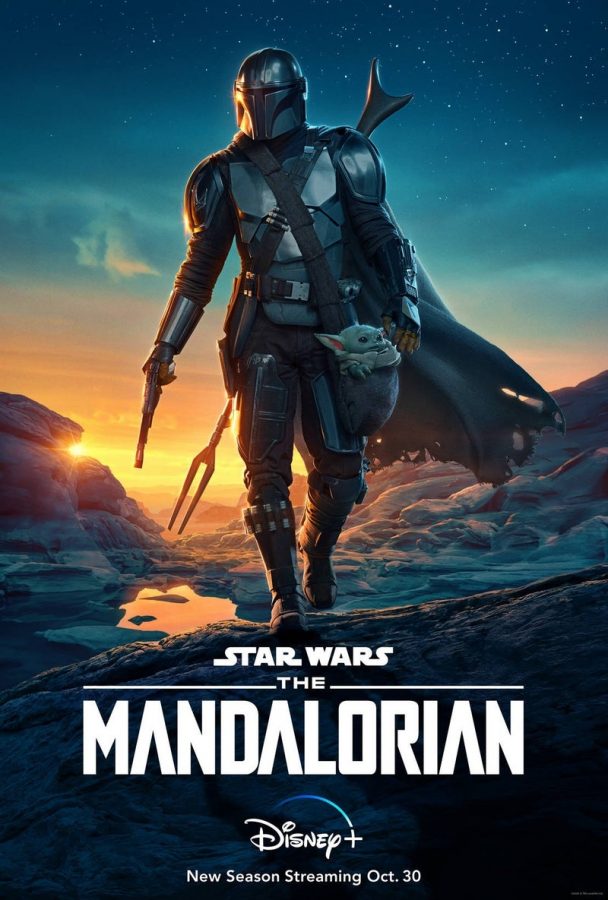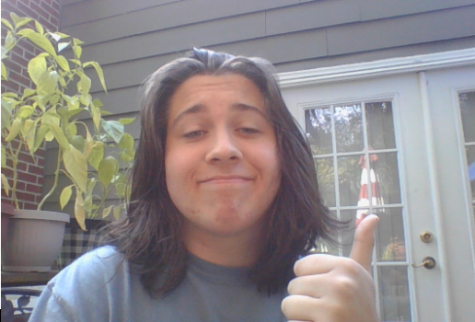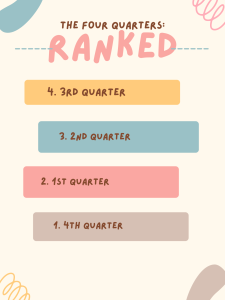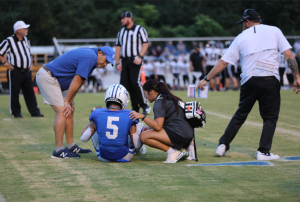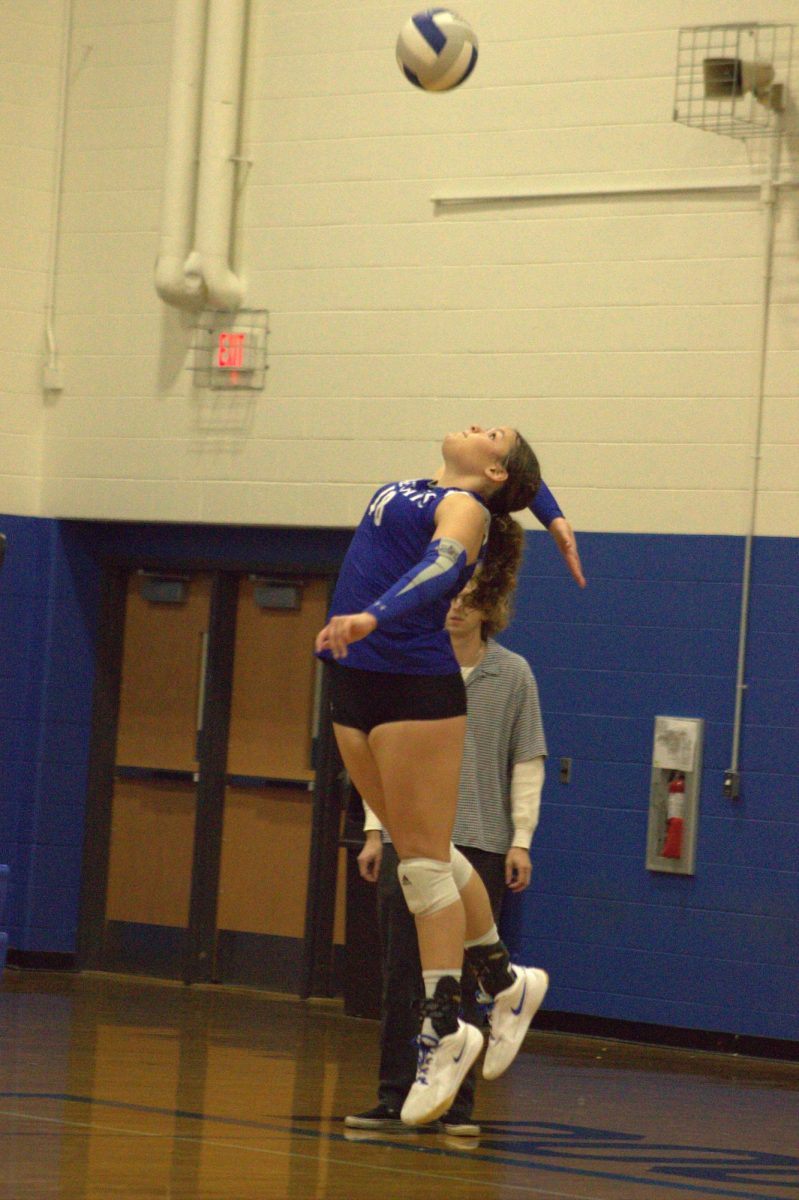The Mandalorian Retrospective: What Makes The Show So Great
January 20, 2021
*Spoiler warning for seasons 1 & 2 of “The Mandalorian”*
“The Mandalorian” has just wrapped up its second season, and boy, was it great. The show is executive produced by Jon Favreau (Lion King) and Dave Filoni (Star Wars: The Clone Wars), and directed by a multitude of talented directors including Taika Waititi, Deborah Chow, Bryce Dallas Howard, Peyton Reed, and Robert Rodriguez. It follows Din Djarin, the titular mandalorian, as he attempts to return a force-sensitive child to his kind.
In my humble opinion, “The Mandalorian” is the best piece of Star Wars to be released since the original trilogy in 1977, 1980, and 1983 respectively. While watching it, I had the feeling that I was seeing the development of something truly special. My feelings were akin to those watching the original “Star Wars” in the theatre back in ‘77.
“The Mandalorian” perfectly balances the use of practical and visual effects to make the world of Star Wars truly come alive. Those effects are probably my favorite thing about the series to date. “The Mandalorian” is the first ever full-scale production to use almost completely virtual sets. The new innovative technology is referred to as ‘the volume’ and creates a computer generated photo-real environment that wraps around physical sets and actors to bring alien worlds to life.
Star Wars itself has always been a mode of film technology innovation and exploration. The effects of the original were groundbreaking for their time, and the prequel trilogy from the early 2000s included the first ever fully computer generated character. The overuse of computer generated effects has always been a point of contention between fans, but I believe that this show handles it perfectly.
Another amazing aspect of this show is its score. Headed by Ludwig Göransson (Black Panther), the show’s score perfectly matches its tone. Göransson mixes western and eastern influences to create a score that feels fully Star Wars and yet fully its own. The mandalorian’s theme is something truly special, mixing a base recorder, electric guitars, and hip-hop beats to create a sound you can not help but move your head to.
The plot of “The Mandalorian” follows Din Djarin, referred to generally as ‘the mandalorian,’ or ‘mando,’ who is one of the most capable bounty hunters in the galaxy. That is, until he is given a job to retrieve a special asset, one that turns out to be a child. However, this child is no ordinary baby, as he possesses the power of the force. The child has come to be known as ‘baby yoda’ for his similarity in visage with prominent Star Wars character Yoda.
The show’s first season has its ups and downs but manages to end on an exciting and emotional note. The second season picks up soon after and jumps straight into the action. Unlike the first season, there is not a single lul in the story. Every episode is filled to the brim with mandalorian action, whether that be giant krayt dragons and white spiders, cargo ship sieges, or wonderfully choreographed hand-to-hand combat.
“The Mandalorian” is also full of great, original characters, including ex-Rebel shock trooper Cara Dune, ex-Imperial sharpshooter Mayfeld, and the main antagonist, Imperial Moff Gideon. The second season, however, includes the triumphant return of many legacy characters including one Boba Fett. Boba Fett was last seen presumed dead in 1983, and, for the first time in 37 years, he appears fully armored and ready to fight. The way that the showrunners weave in these legacy characters into the storyline of “The Mandalorian” while maintaining the feel of a fresh contained story is unbelievably skillful. They appear enough in the show to please fans yet not too much as to overshine the main story of Din Djarin and the child.
The last thing that I need to discuss is Pedro Pascal. Known best for his roles in “Game of Thrones,” “Narcos,” and “Kingsman: the Golden Circle,” Pascal portrays Din Djarin, the titular mandalorian. Somehow, with the limitation of never removing his helmet, Pascal manages to capture the complexity of his character. He brings wonderful emotion and trauma to Din, which is amazing considering he does it for the most part through his voice. When Din does rarely remove his helmet, Pascal is able to portray these emotions doubly with only simple facial movements. He is truly a talented actor.
“The Mandalorian” is a show with the capability to unite Star Wars fans and even create a few new ones. It is certainly worth a watch, as it contains wonderful characters, heartfelt stories, plenty of action, and breathtaking visuals. The first two seasons are available now on Disney Plus.

